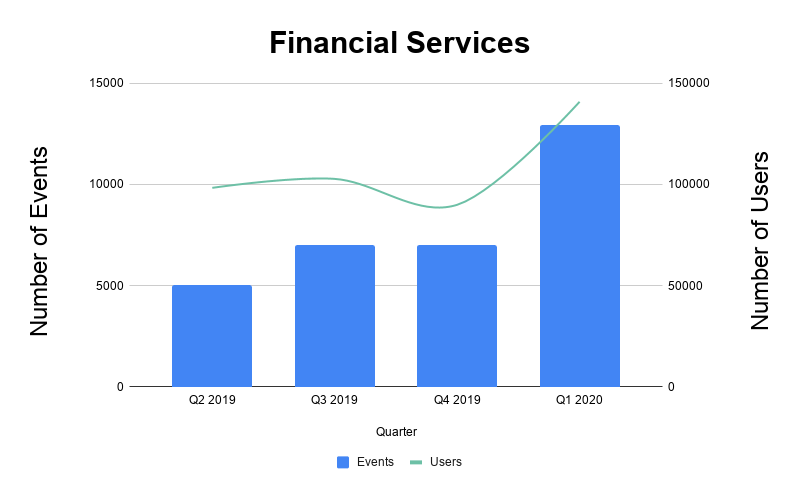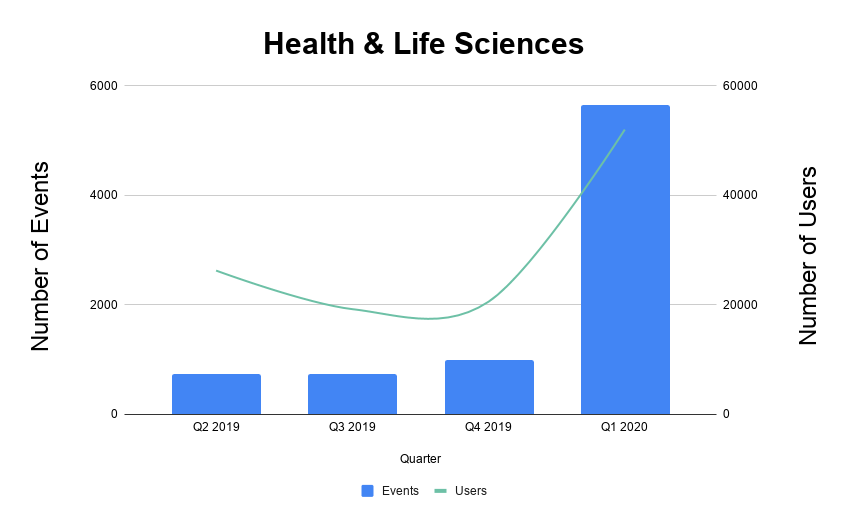It was only two months ago IT teams and network operators faced an unprecedented challenge: shifting entire workforces out of the office and into the home. As difficult as that was – rushing to implement collaboration tools, securing networks, etc. – we are again on the precipice of change: employees returning to the workplace.
As someone who works on the technical side, you might be thinking, “Why do I need to be concerned about that? It’s the facilities and HR departments who have to worry about things like social distancing.” Here are a few reasons why it matters to you too:
- Not everyone will return to the office at once, or even for eight hours a day. Instead, this elastic workforce will be splitting their time, which means a continued reliance on videoconferencing platforms like Microsoft Teams to collaborate with peers.
- The demand for video doesn’t stop there. Because the workforce is so widely distributed, corporate communications will continue to lean on live and on-demand video to share important messages at scale.
- The future of work has changed – at least for the time being. Gathering in theaters and auditoriums for CEO Town Halls and All Hands meetings is an outdated practice. Because of social distancing, employees will instead stream Live Events individually from their desks, putting significant strain on your network.
Now, let’s dig into some insights from the Kollective network to add more color to the conversation.
The Rise of Enterprise Video
Each month since COVID-19 was declared a pandemic, we’ve been pulling data on how our 135+ Global 2000 customers are using Live Video to communicate with their employees.
- 90% of Kollective customers have used video to address their global organizations on the impact of COVID-19.
- The total number of Live Events broadcast from the Kollective platform jumped over 50% from January to February, stayed roughly the same from February to March and in April, increased another 40% over the previous month.
- From January to February 2020, the average number of Live Events per customer increased 30%. This contrasts with 2019, where there was virtually no change over the same two months. While we saw a slight dip in March 2020, the average number of Live Events increased by 45% in April.
Although I think the results speak for themselves, you may need a little more convincing. Check out these industry-specific charts highlighting the increase in Live Event broadcasts and unique user counts over the last calendar year – video events skyrocketed in Q1 2020.



Understanding the Impact of Video Streaming on Corporate Networks
As Live Video usage in enterprise organizations continues up and to the right, you’re going to see a greater impact on your corporate network. That’s because video is a bandwidth heavy medium and not all networks can handle the demand. Insufficient bandwidth for webcasting generally leads to buffering, jitter and in worst case scenarios, event failure.
For context, Live events created in Stream or "External app or device" produced Live Events from Yammer or Teams will get a fixed encoding profile, according to Microsoft:
- 720p - 3.5 mbps
- 540p - 2.2 mbps
- 396p - 1.4 mbps
- 288p - 850 kbps
- 216p - 550 kbps
- 192p - 200 kbps
What’s important to note is that video playback is not a static number and will change according to:
- The video’s original resolution, bitrate and content
- A user's available bandwidth
- Size of the player
You can estimate the impact video will have on your network by measuring and sampling the bandwidth of the content typically produced by your organization. Extrapolate that out across the total number of employees likely to view said content, and you can see how quickly the bandwidth required to stream video at scale adds up.
Offset Bandwidth Issues with an ECDN
The quickest, easiest and most cost-effective way to offset the bandwidth constraints caused by video distribution is to add an ECDN to your tech stack. An ECDN is software that allows businesses to deliver content at scale.
Kollective ECDN uses a combination of cloud-based centralized servers and distributed client software to empower organizations to achieve their digital transformation goals. We securely distribute high-quality video content across the enterprise without affecting business critical applications or user experience.
A browser-based peering, platform, also known as P2P, Kollective self-optimizes to learn a network’s topology, creating a mesh between viewing devices and intelligently routing data packets in real-time. By learning how to deliver live streams efficiently, Kollective ECDN ensures that no matter when a video is consumed or shared, bandwidth is automatically preserved.
Join Us for a Webinar: Is Your Network Ready?
If you want to learn more about this topic, I’ll be covering it in depth in Kollective’s new webinar, “Is Your Network Ready?” Join us on June 24th at 9am PST/12pm EST/4pm GMT. For those that can’t make it, an on-demand recording will be available to watch online.
 Customer
Customer